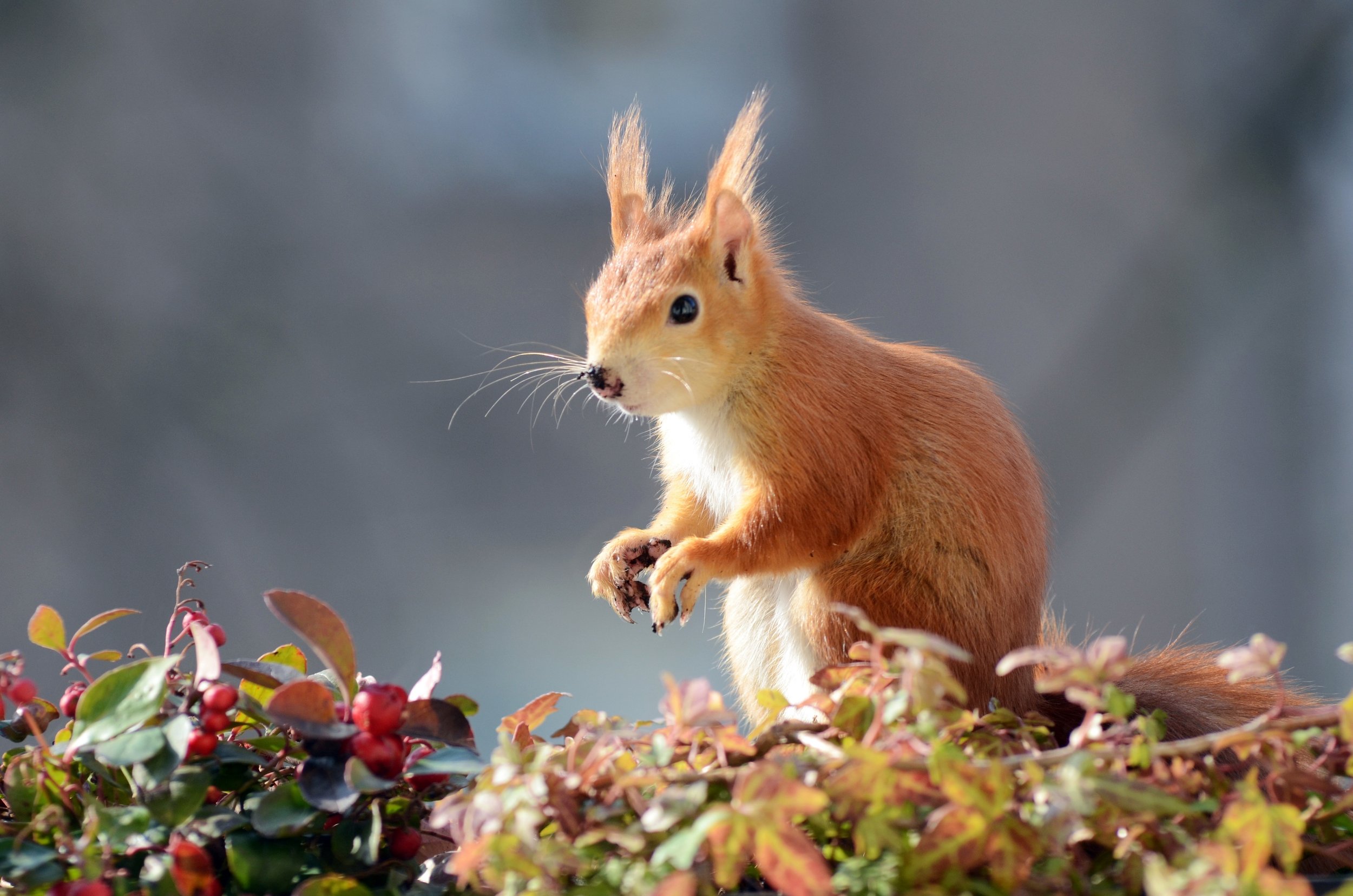Mabon
I can’t believe how quickly this year is passing. We’re at Mabon already, it feels like we just celebrated Lughnasadh! In my old life, Mabon coincided with the start of the academic year for me, as I worked in higher education for 15 years and the end of September always heralded the start of a new cohort of students arriving from countries all over the world. This time of year marks an energy shift, the seasons are starting to change - even if some days are still like summer.
Mabon occurs during the autumn equinox in the northern hemisphere between 20th and 22nd September. It is often considered to be one of the minor Sabbats or cross quarter festivals and in some Neo pagan circles it is considered to be the final Sabbat before the new year begins again at Samhain. It is the second harvest festival and connects to the agricultural practices of preparing sustenance for the winter to come. Food such as fruit, grain and vegetables were gathered and people came together to give thanks for the harvest. It is a festival of sharing food and wine with loved ones and reflecting on the year, appreciating what has been achieved and accepting what must be let go. The equinox is a period of equal light and dark when the days are briefly in balance. Falling at the end of September the Sabbat coincides with the beginning of Libra season, the western astrological sign that has the weighing scales as its symbol, which is fitting when you consider that Libra is all about balance.
Food production - a delicate balance.
In this modern day, most of us are disconnected from the actual harvest and the production of our food. Speaking as someone that lives in northern Europe, we can buy almost any type of fruit or vegetable at any time of year but we rarely see the farming process or anything to do with storage or distribution. It's all conveniently available in our supermarkets to buy when we want. The increased demand for food over the last few centuries has seen a combination of industrial farming practices such as milking machines, tractors and mechanical seed planters to more innovative methods such as synthetic fertilisers which in turn has allowed farmers to produce higher crop yields. Methods of food preservation such as canning, pasteurisation and vacuum packed goods has given wider food access in remote places. Products have a longer shelf life and are easier to transport.The Green Revolution of the 1960s was an initiative launched to help those in developing countries combat malnutrition. New agricultural practices produced an increased yield variety of high calorie crops, such as rice and grain, which saved one billion people from starvation. But these farming practices have had a detrimental impact on our environment, upsetting the delicate ecosystem of Mother Nature. Wildlife such as birds, bees and other insects suffer as the selective planting has changed their habitat. Chemical fertilisers and pesticides continue to kill bees and other insects and pollute our waters and soil. We are also starting to learn more about the negative impact these chemicals are having on our health as human beings by slowly ingesting the poison that keeps our food so fresh. Whilst the Green Revolution on one hand saved billions of lives, the unbalanced diet of high carbs has led to malnutrition amongst the most vulnerable in our world population.
We have massive challenges to come as the world's population is set to increase to 9.7 billion by 2050, naturally food supplies are also set to increase. How we adapt, change and try to keep the food resources in balance whilst maintaining a happy climate I don't know. I don’t envy the task of trying to figure out how to sustainably grow and feed our world population. I take my hat off to all the agricultural experts and farmers trying to figure this out and getting up at the crack of dawn to produce our food.
Ways to celebrate
Take a moment to pause and reflect on the year, what things have you accomplished, what is no longer serving you and must be let go, what you are grateful for? It is a time to count your blessings and give thanks. Give thanks to everyone that has supported you this year. Give thanks to all the people that grew and hand picked your food behind the scenes. Give thanks to everyone that transported it to your city, town or even your doorstep. Say thank you to nature for continually providing, and learning to adapt with us.
Suggestion of items to gather for Mabon altar:
Old fashioned weighing scales, apples, blackberries, sun flowers, pumpkins, wheat ears, acorns, dried flowers, fresh flowers, pinecones, leaves, apples, root vegetables.
